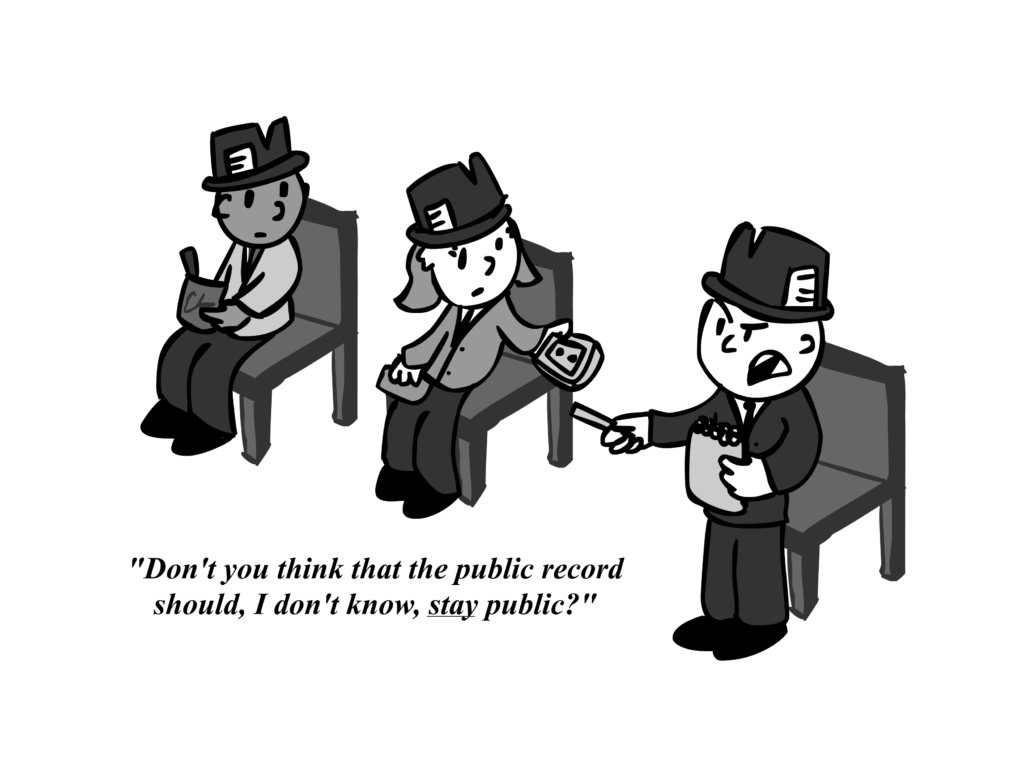Column by Rachel Wood, contributing writer

Raise your hand if you’re already waiting for season two of “Stranger Things”.
Ever since the advent of the “Netflix Original Series,” the way we consume TV shows has changed. A trademark of a Netflix Original is that an entire season of a series gets released at the same time. For “Unbreakable Kimmy Schmidt” fans, that means 13 half-hour episodes in one go while “House of Cards” viewers are treated to 13 one-hour episodes.
No matter the length, though, avid fans will be done with the season within the first 48 hours of release. Since there’s no need to wait a week between episodes, society has seen a rise in binge-watching culture.
We’ve all been guilty of it at some point – we need to see what “House of Cards” protagonist Frank Underwood will do next, so we move on to the next episode. Then, suddenly, we’ve watched five episodes in a row. Thankfully, we can follow the season’s plot to completion without the danger of an intense cliffhanger.
This pro binge-watching model, however, is only utilized by online streaming services but most commonly on Netflix. If your new favorite show is sponsored by Netflix, you’ll definitely be given a season-long release.
So, what’s the catch, then? For viewers, it looks like there isn’t one. While it might be difficult to remember plot points from a show you watched in a weekend 11 months ago, it’s not much different than the 10-month gap between seasons of “Game of Thrones”.
For producers, it may mean it’s time to change the model.
Many traditional networks seem to be hesitant to try something new – without the week-long wait between episodes, it’s harder to maintain interest, right? It would make sense that fascination would become more engrained when a viewer stays engaged for 13 weeks instead of two or three days.
Recent statistics tell us this isn’t actually the case.
The Nielsen Company recently revealed that the season four premiere of “Orange is the New Black” reached 6.7 million viewers within the first 48 hours of release; 5.9 million people watched the second episode within that same time frame.
These numbers equal, and sometimes surpass, the viewership numbers for traditional network shows. Likewise, a Netflix Original has a higher likelihood to maintain viewers throughout the whole season, avoiding the midseason “slump” many network shows get caught in.
Netflix has also been known to rescue and renew canceled series, like “Arrested Development” and the upcoming “Mystery Science Theater 3000”. These fan-funded continuations mean the content Netflix provides is almost guaranteed a large audience.
It could be in a network’s best interest to investigate the binge-watching model a little more. While reality shows and TV contests, like “The Bachelor” or “America’s Got Talent”, may keep to their weekly release schedules, network dramas may need to see a move to a bulk-episode release.
With a season-long release schedule, viewers have more input in the way they watch TV, either by watching one episode per day or several episodes in a row. Whichever the case, this change means the freedom for viewers to watch shows in a way that better fits their schedule; watching a show over a weekend can be more realistic for students than committing to a weekly release. It’s not completely a matter of laziness or over-consumption of media – it’s about consuming the media we like in a way that fits our lifestyle.
Networks, it looks like this one’s your call. In the meantime, I’ll just be here avoiding “House of Cards” spoilers and waiting for a “Firefly” continuation.






























































































